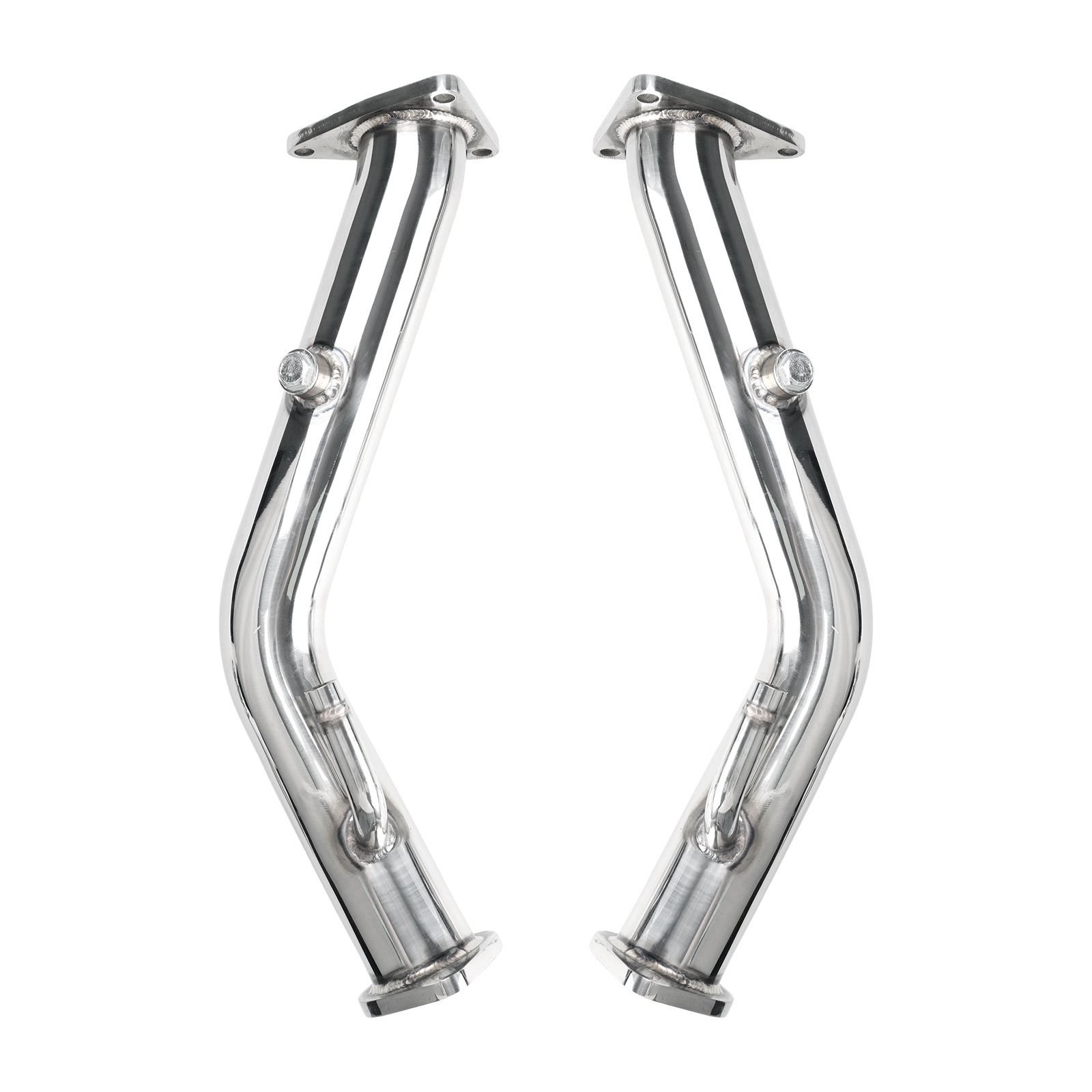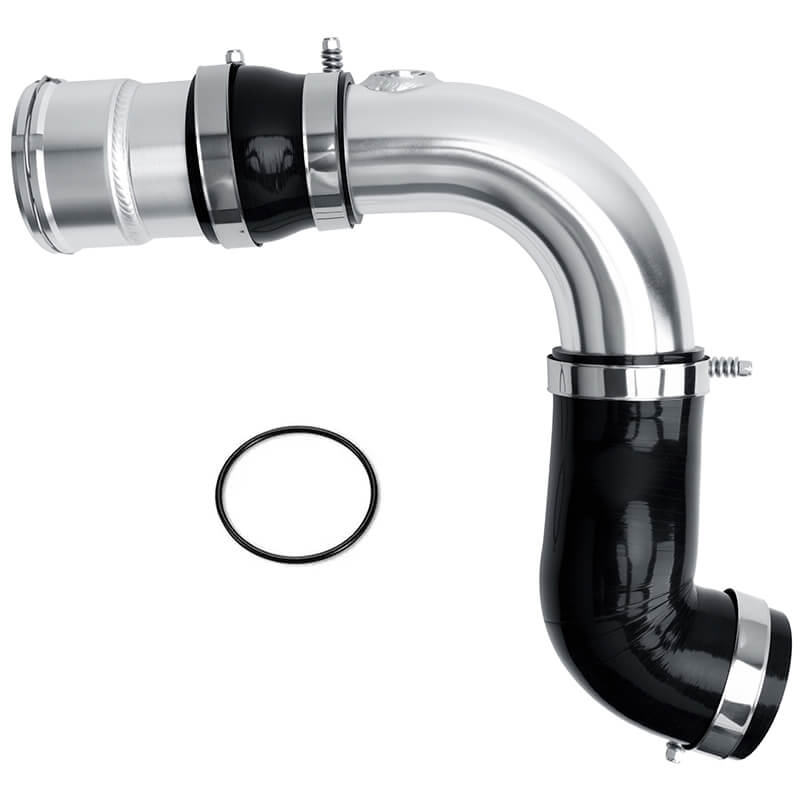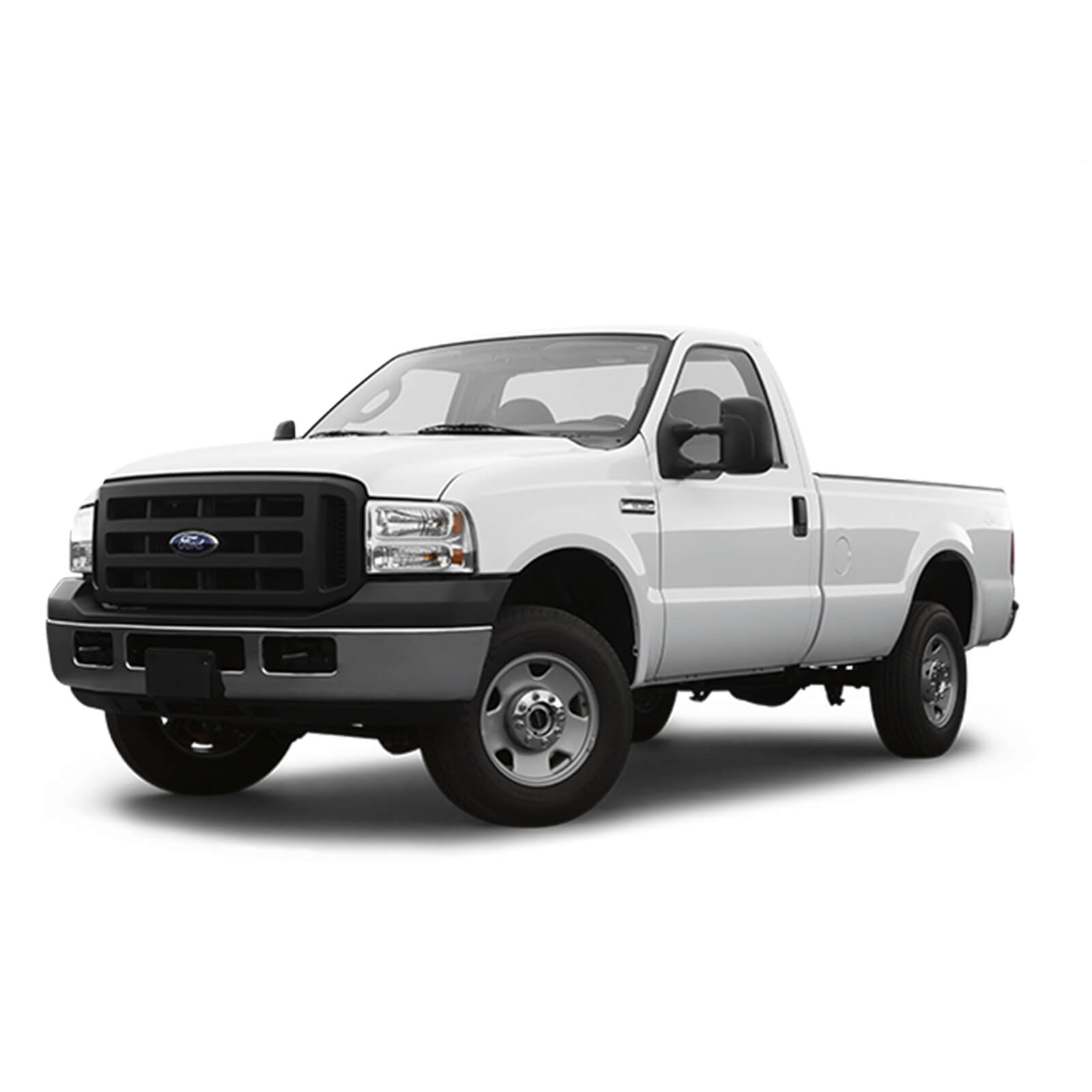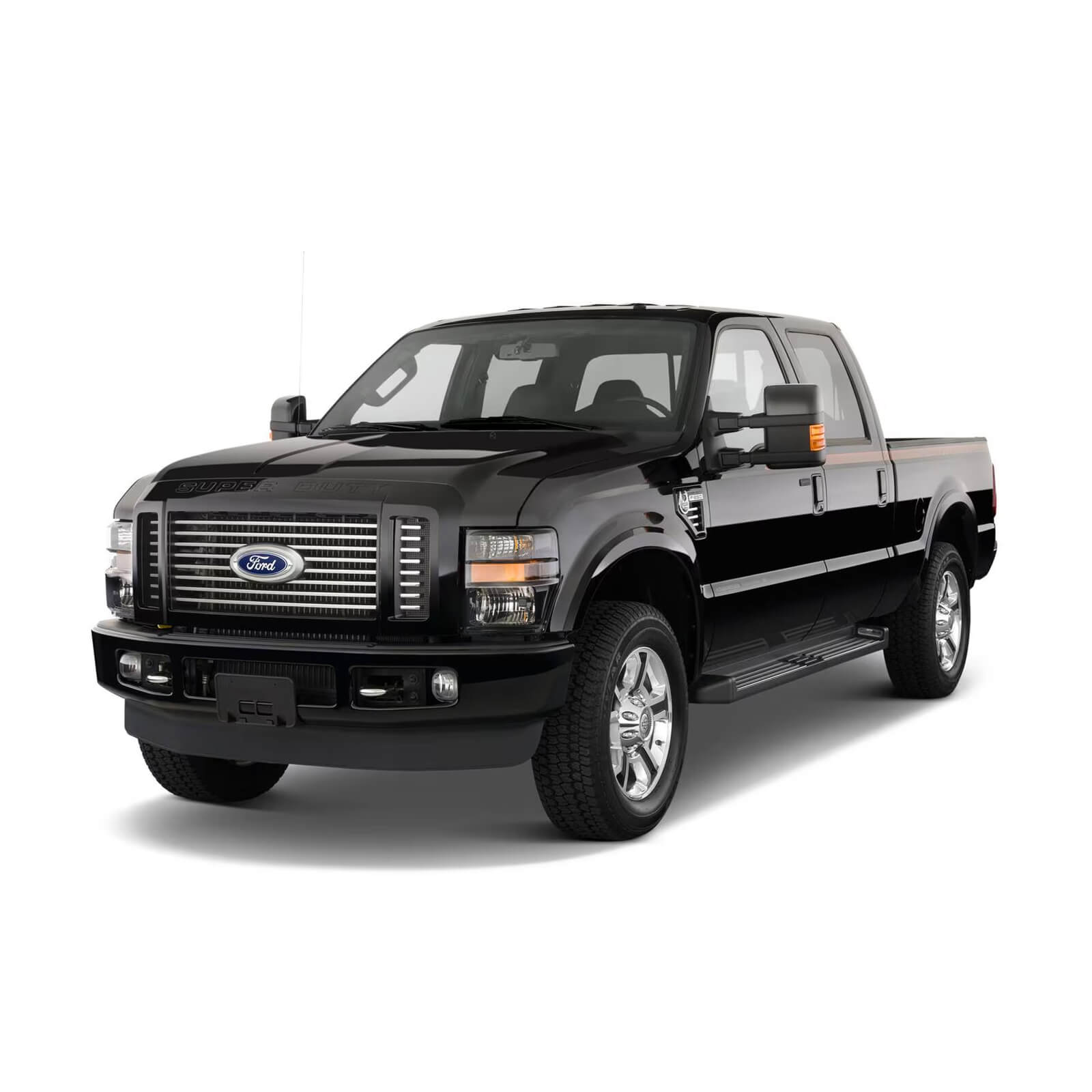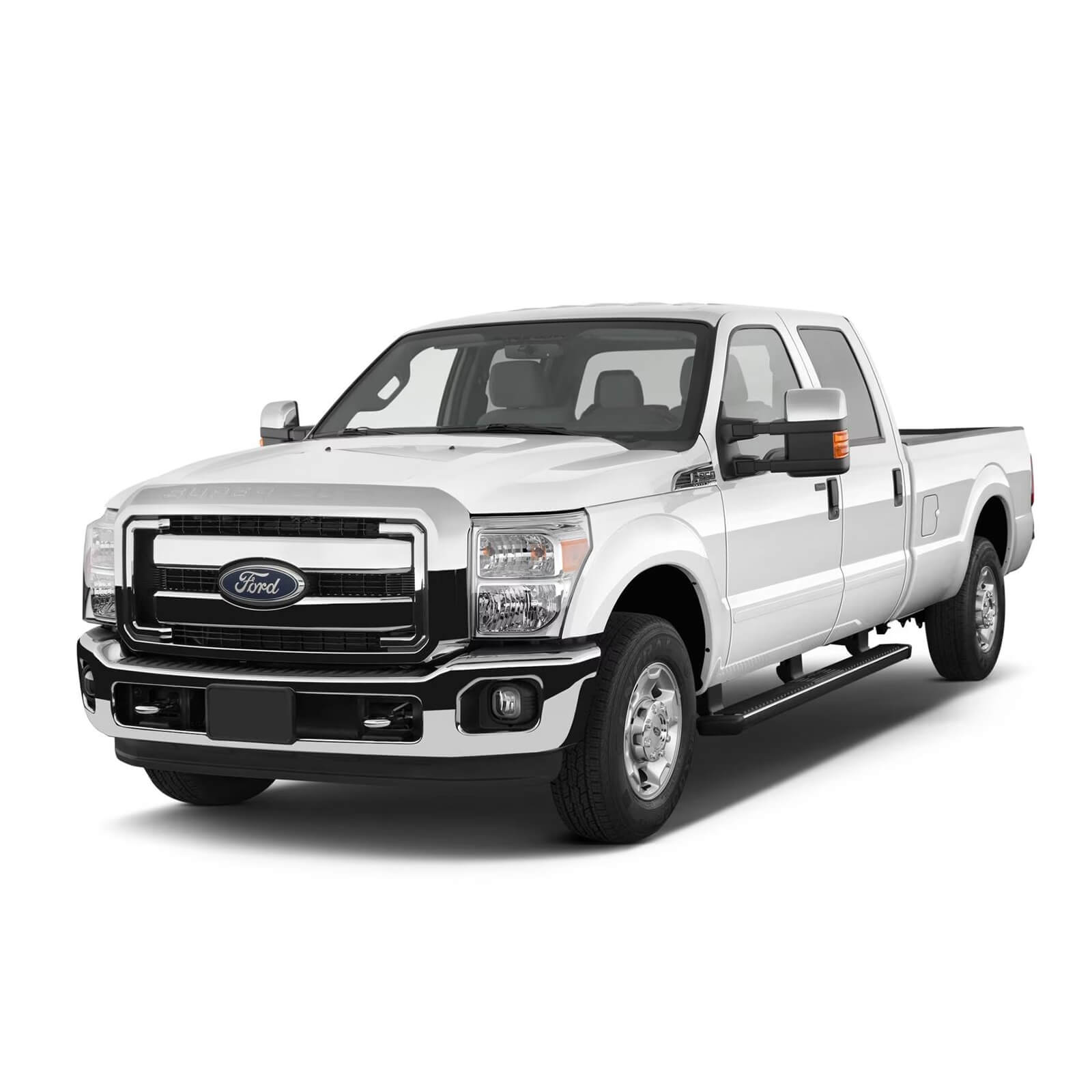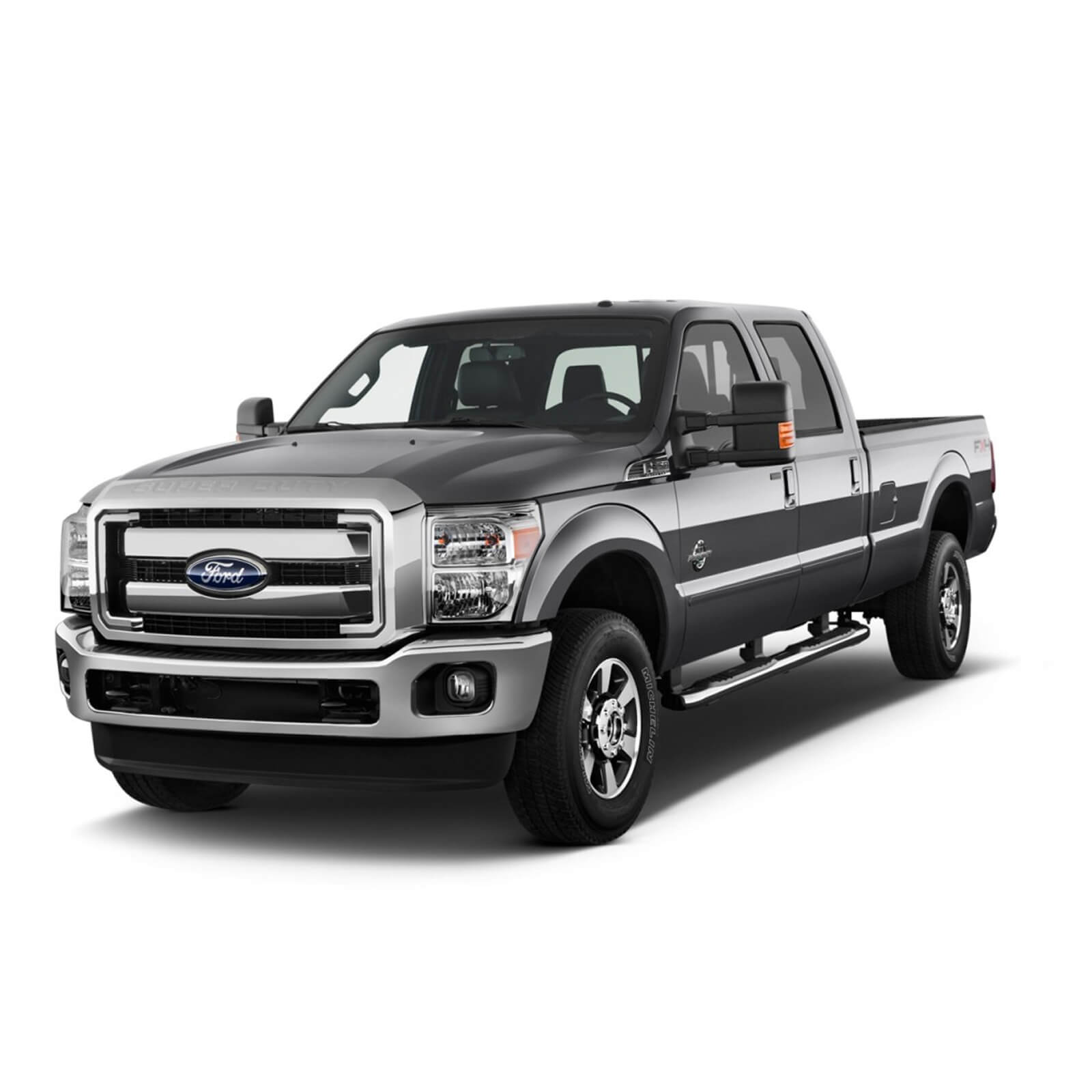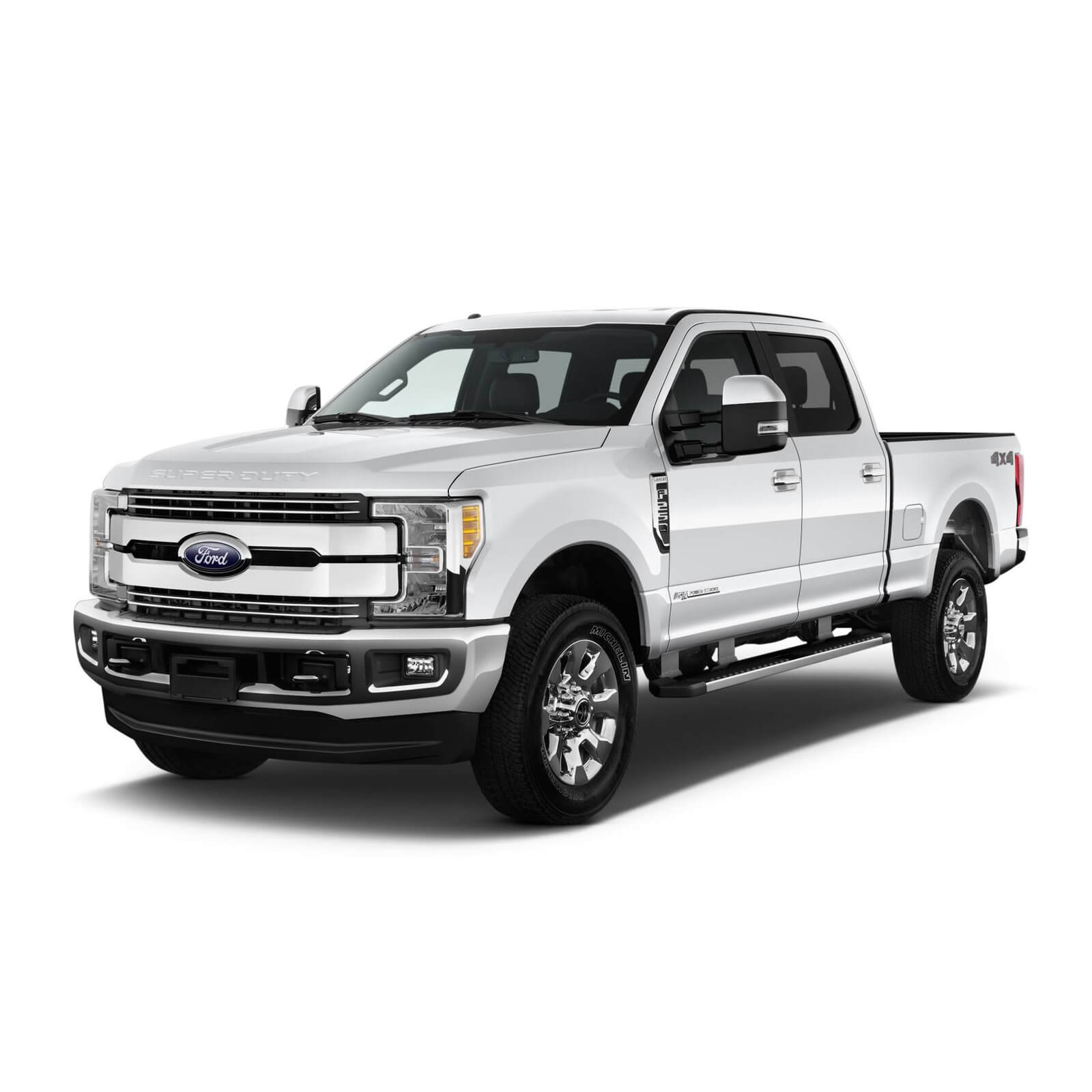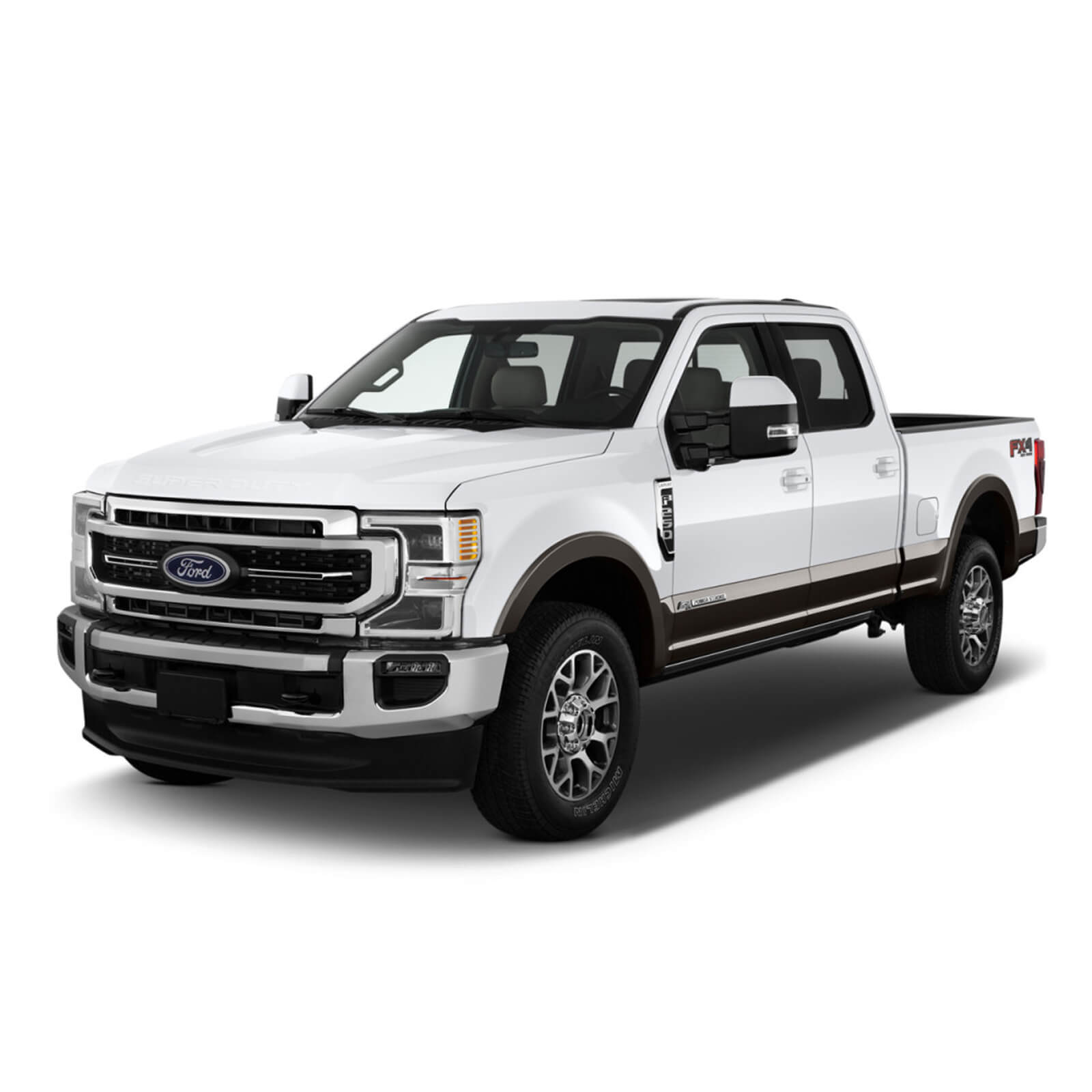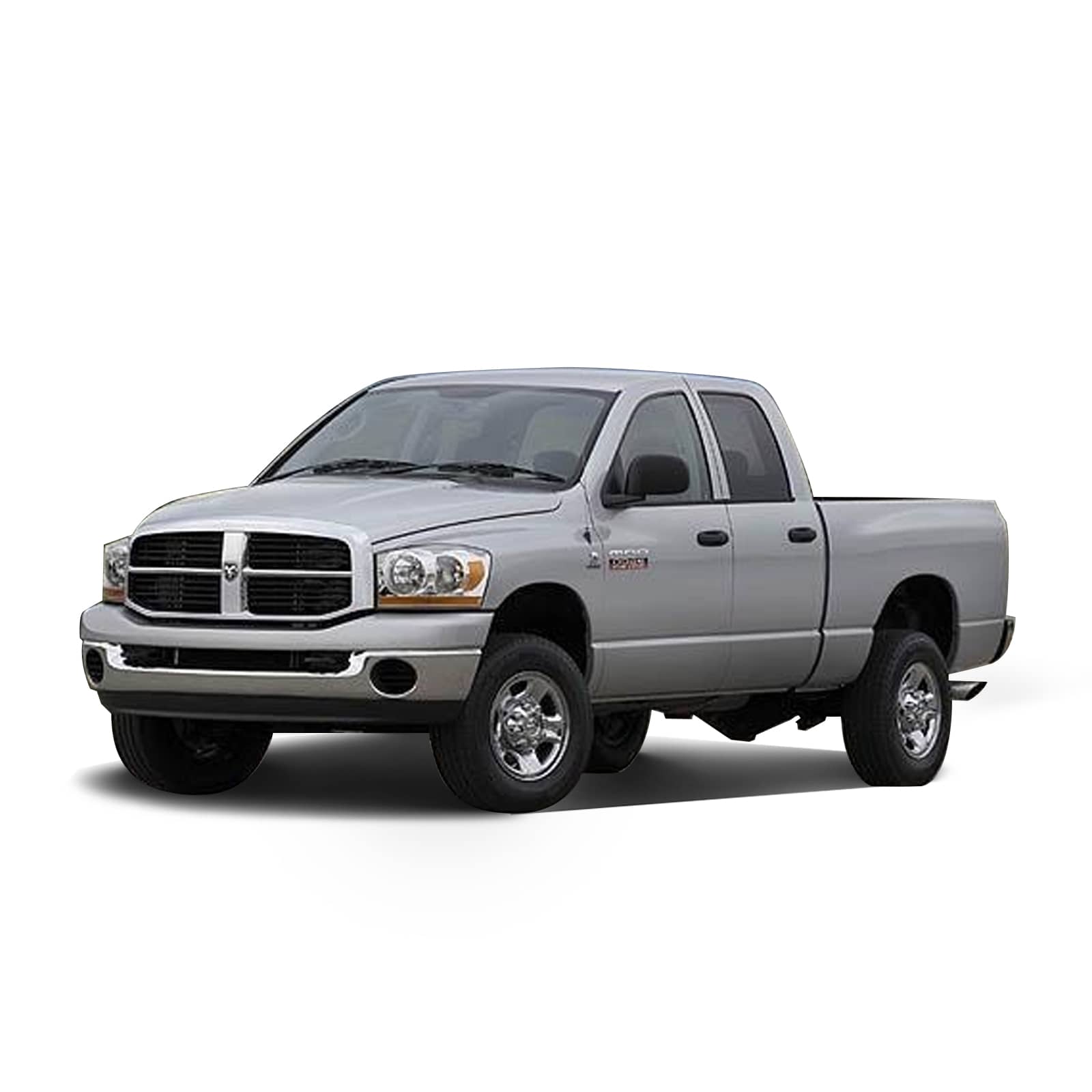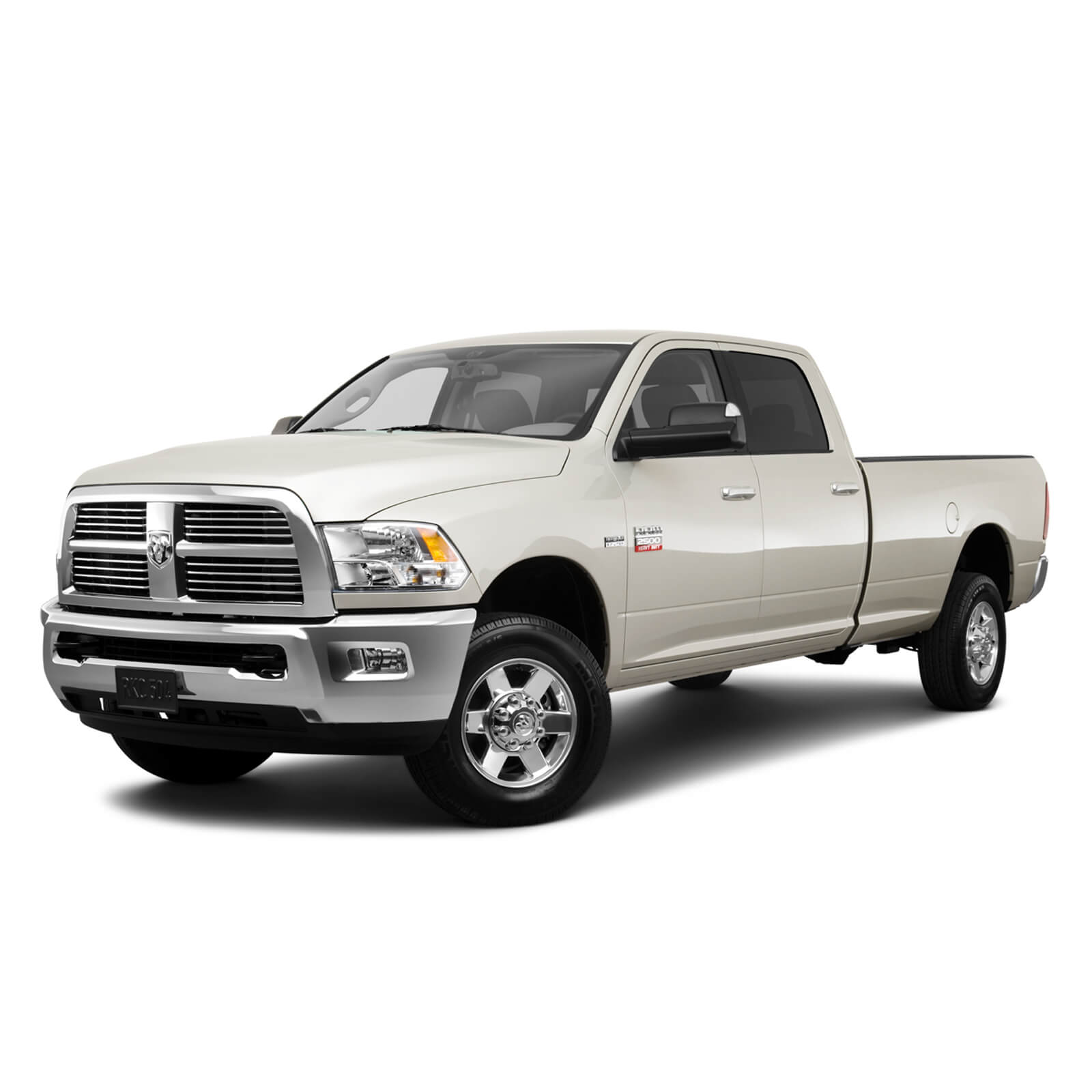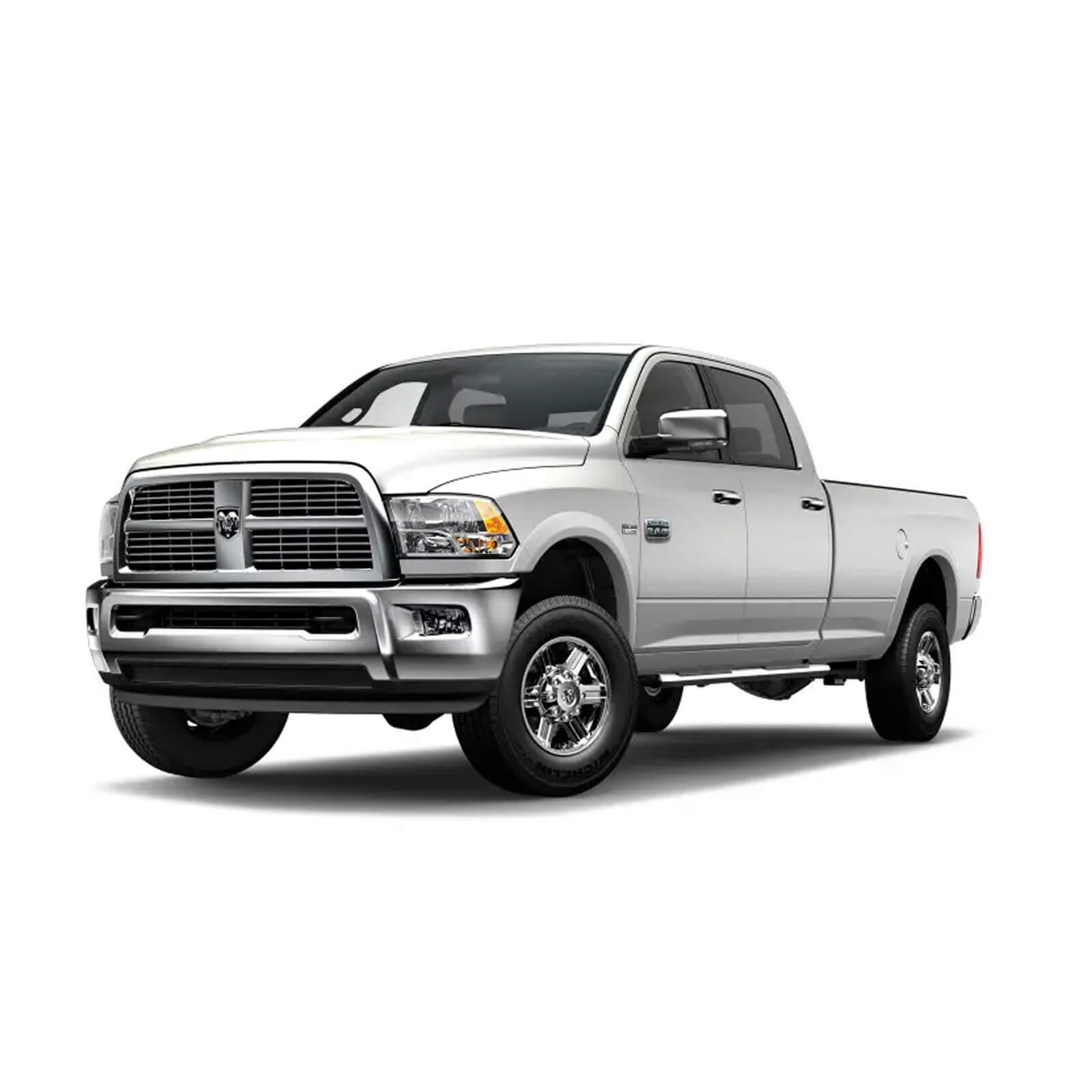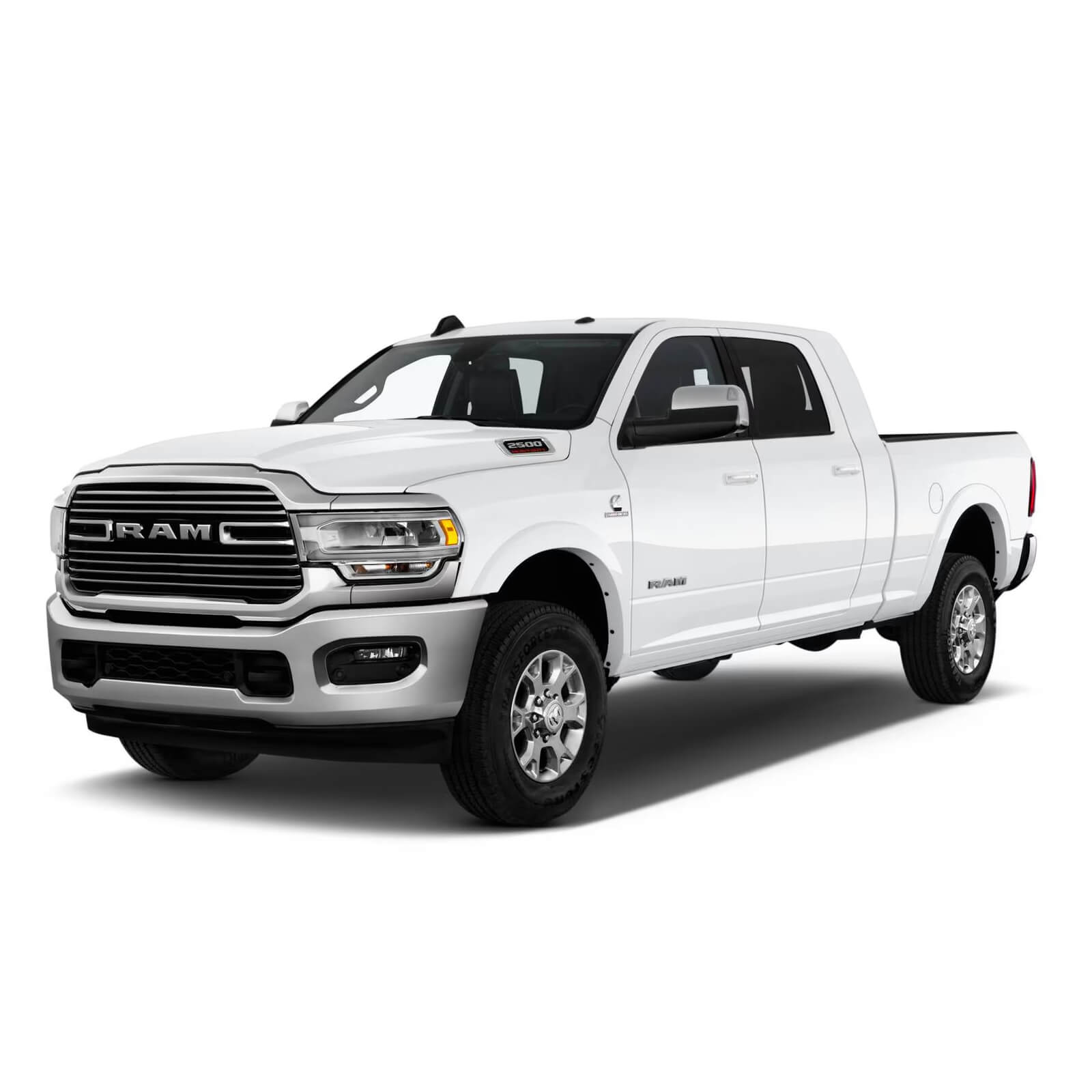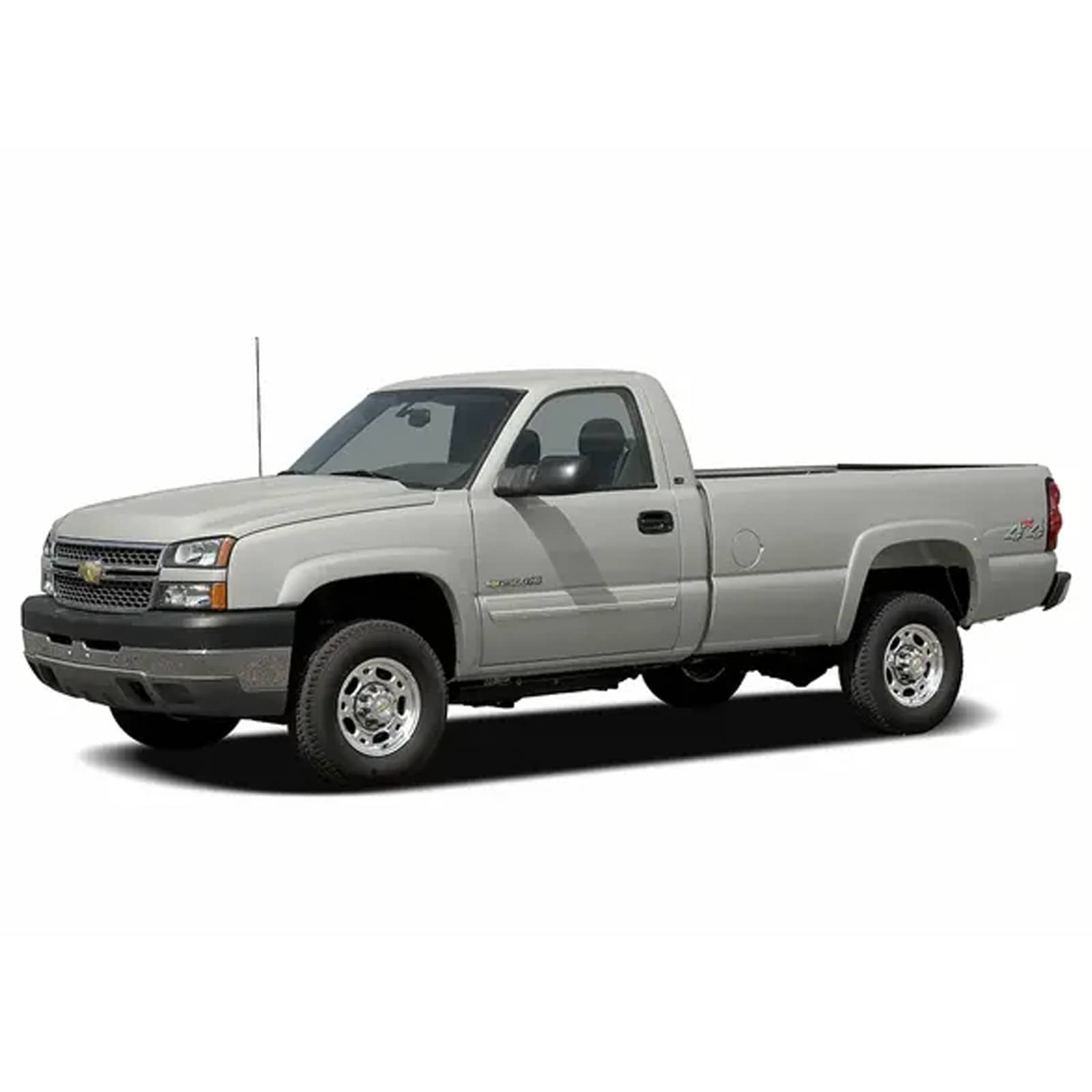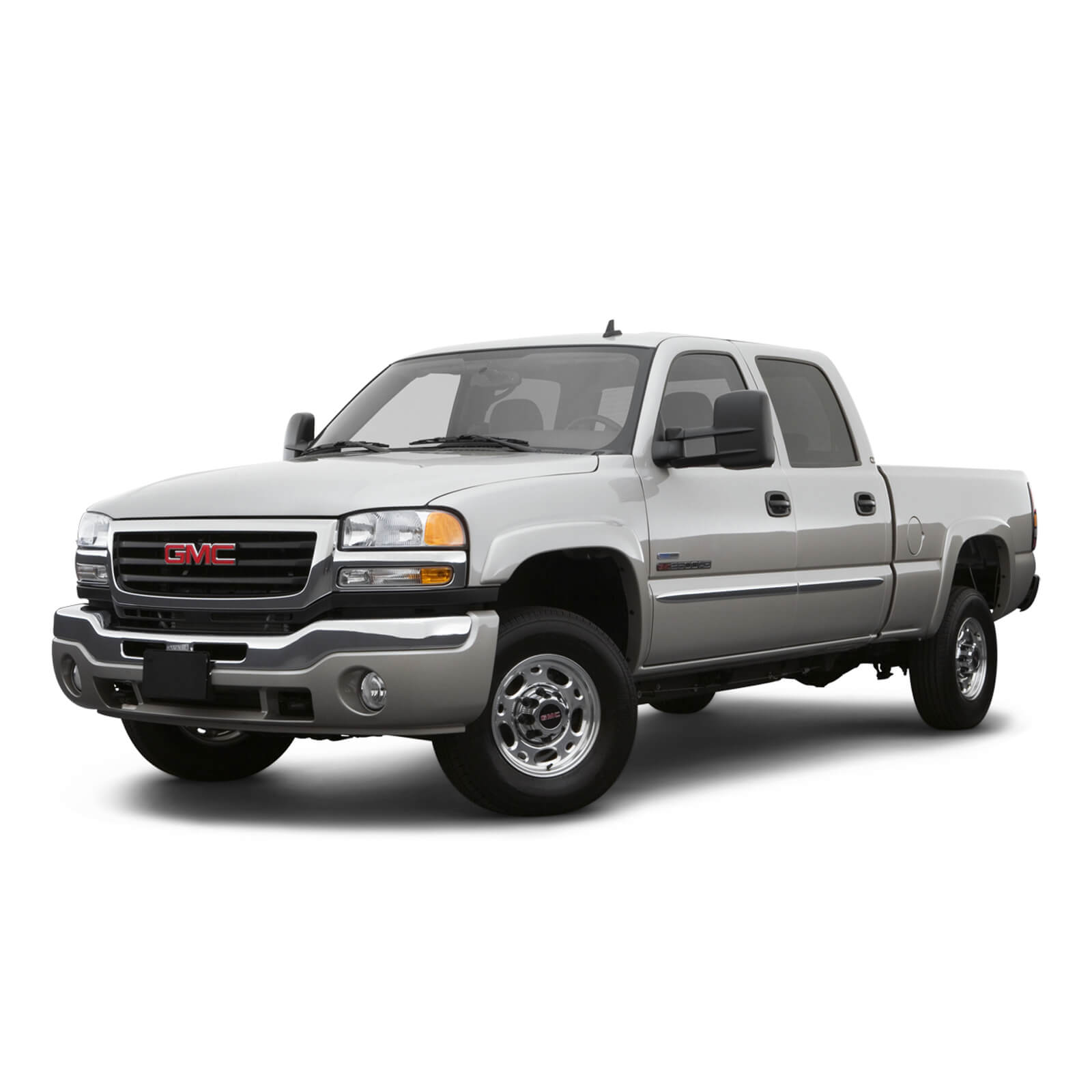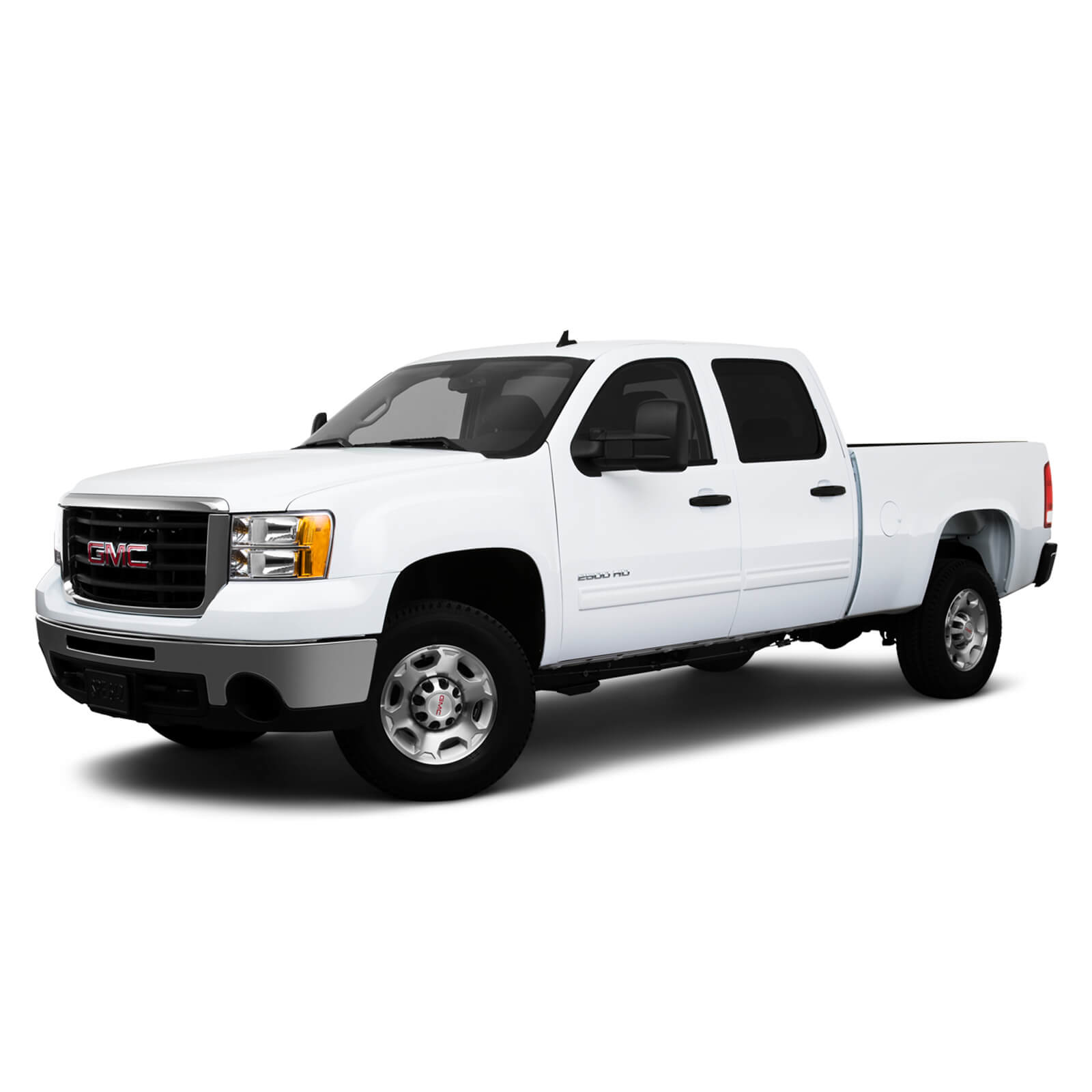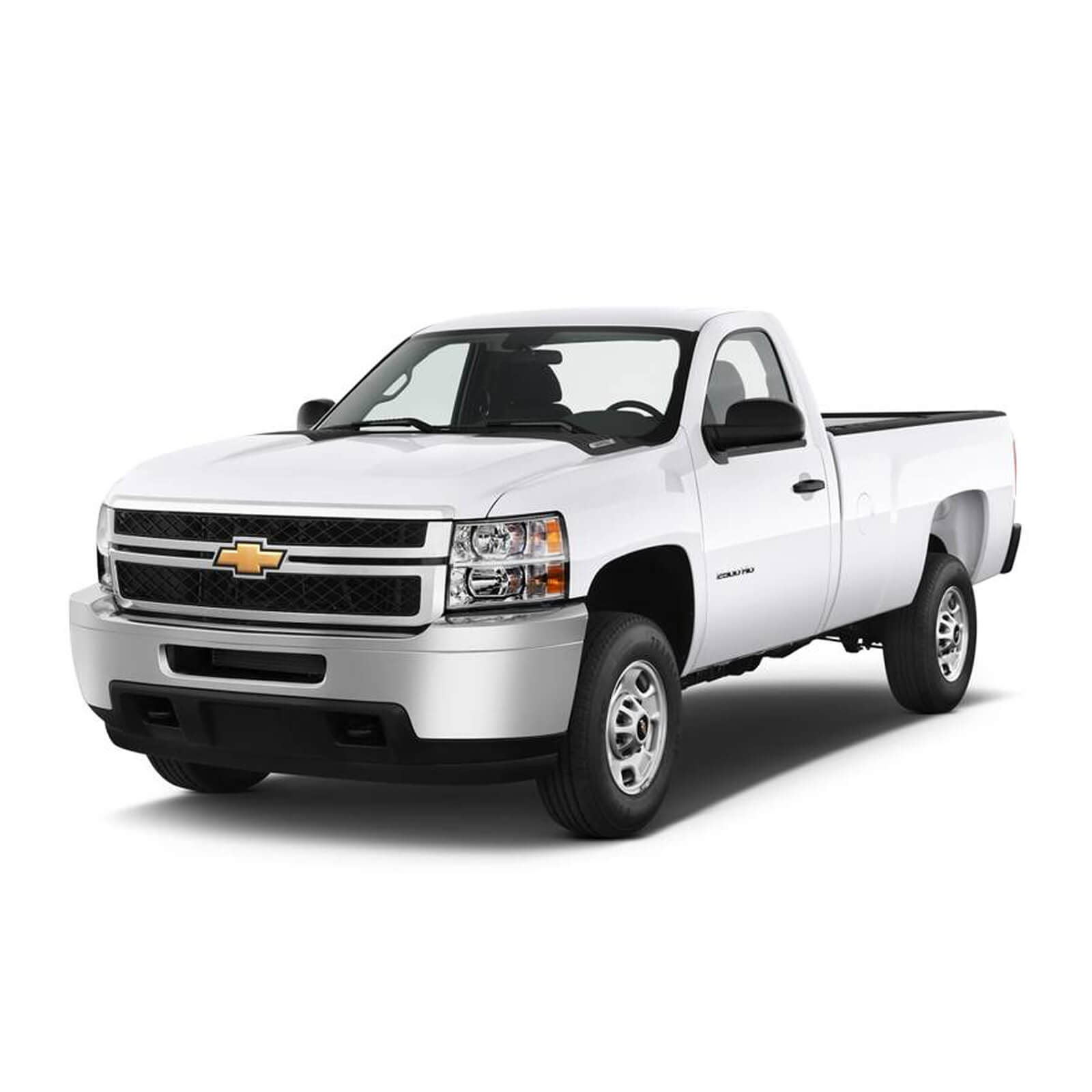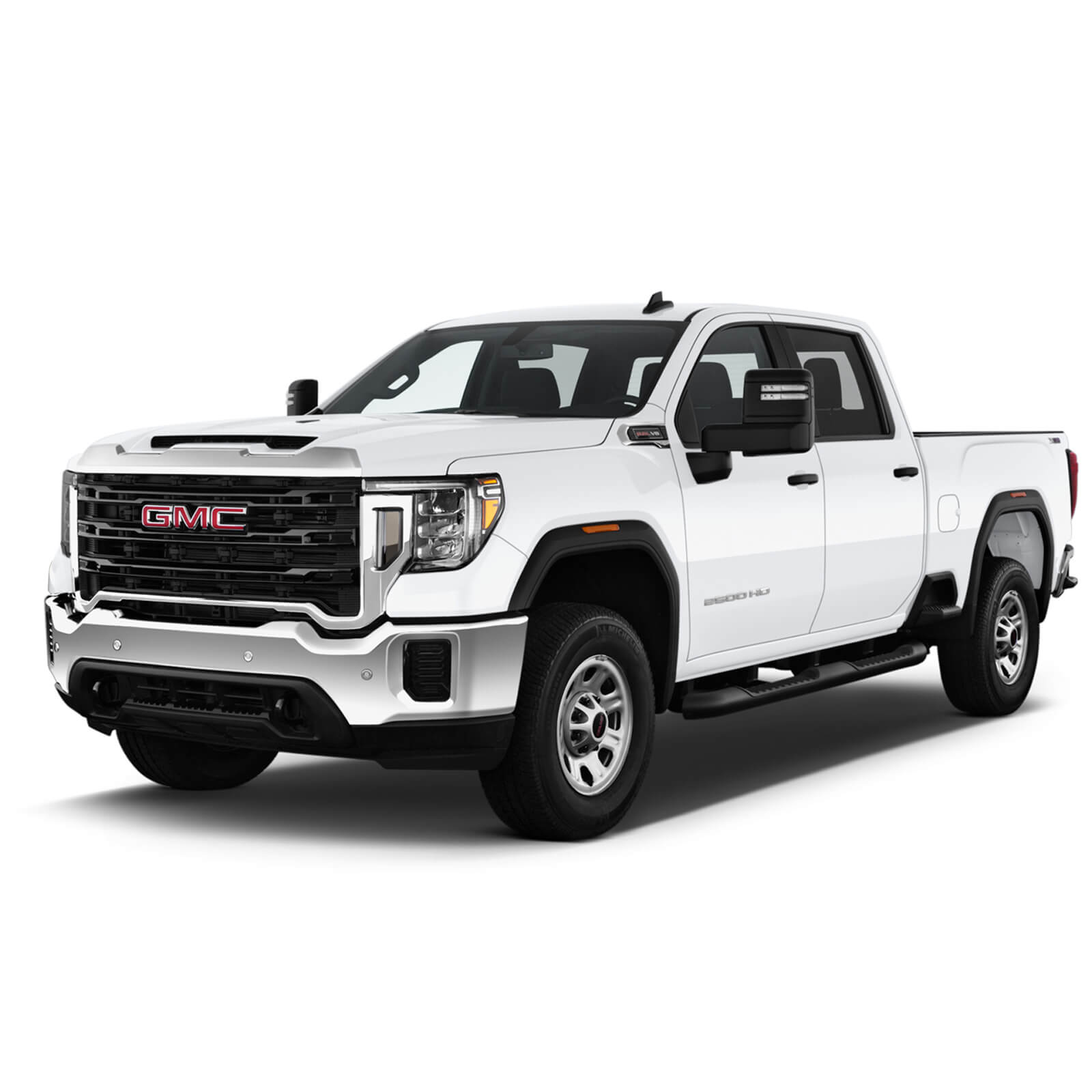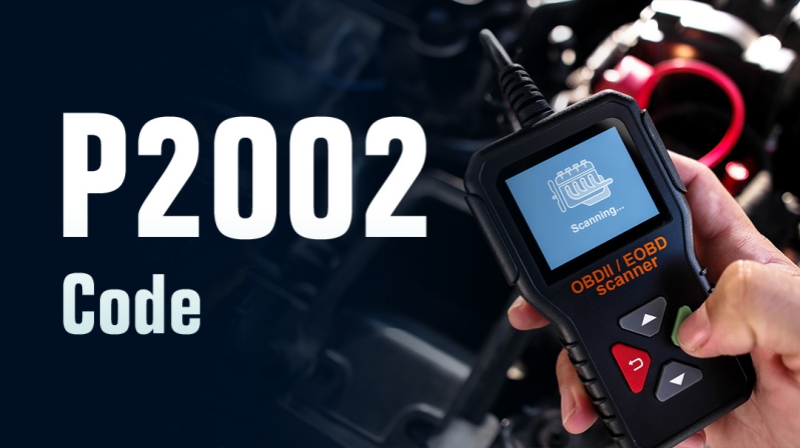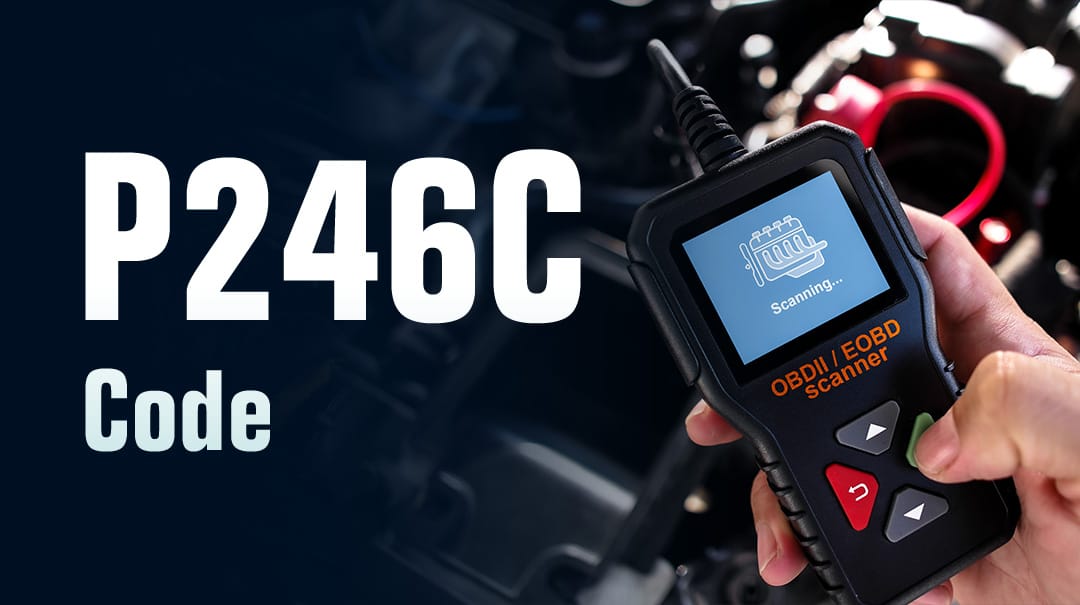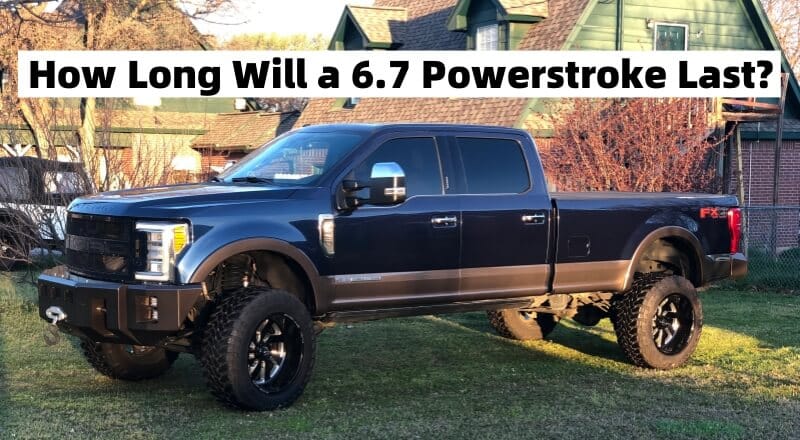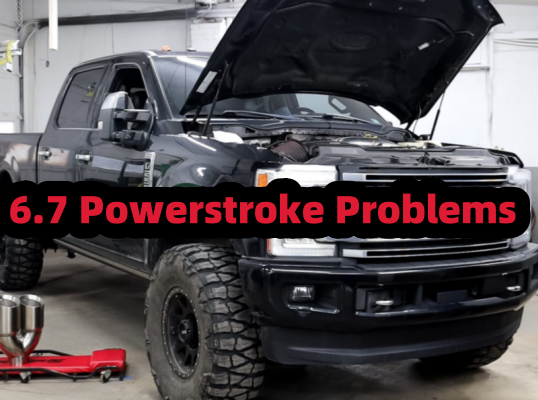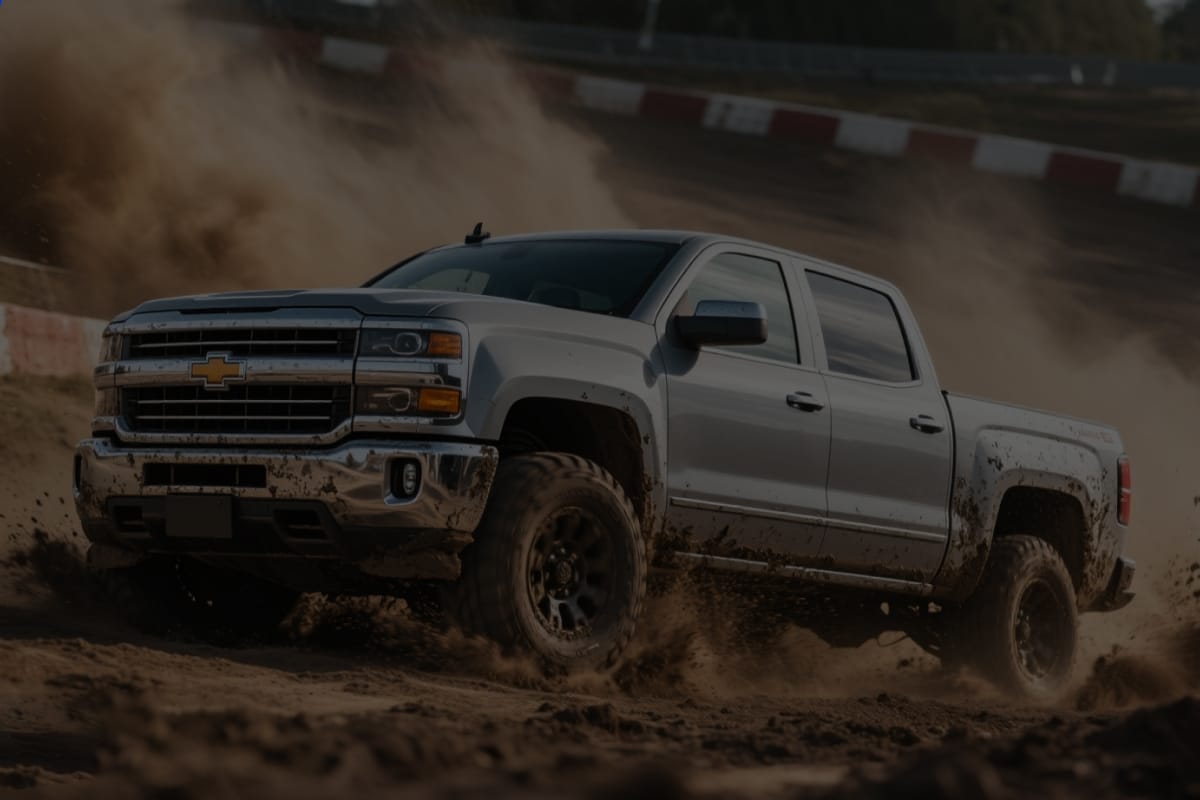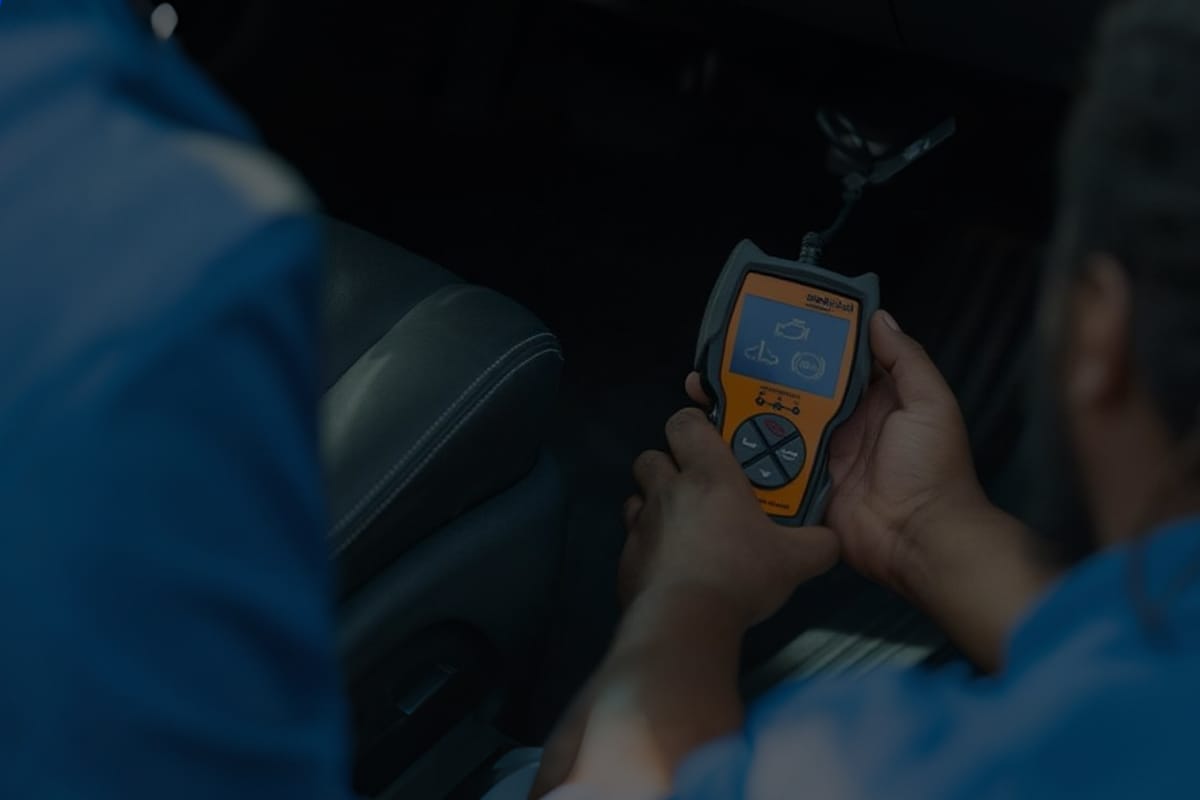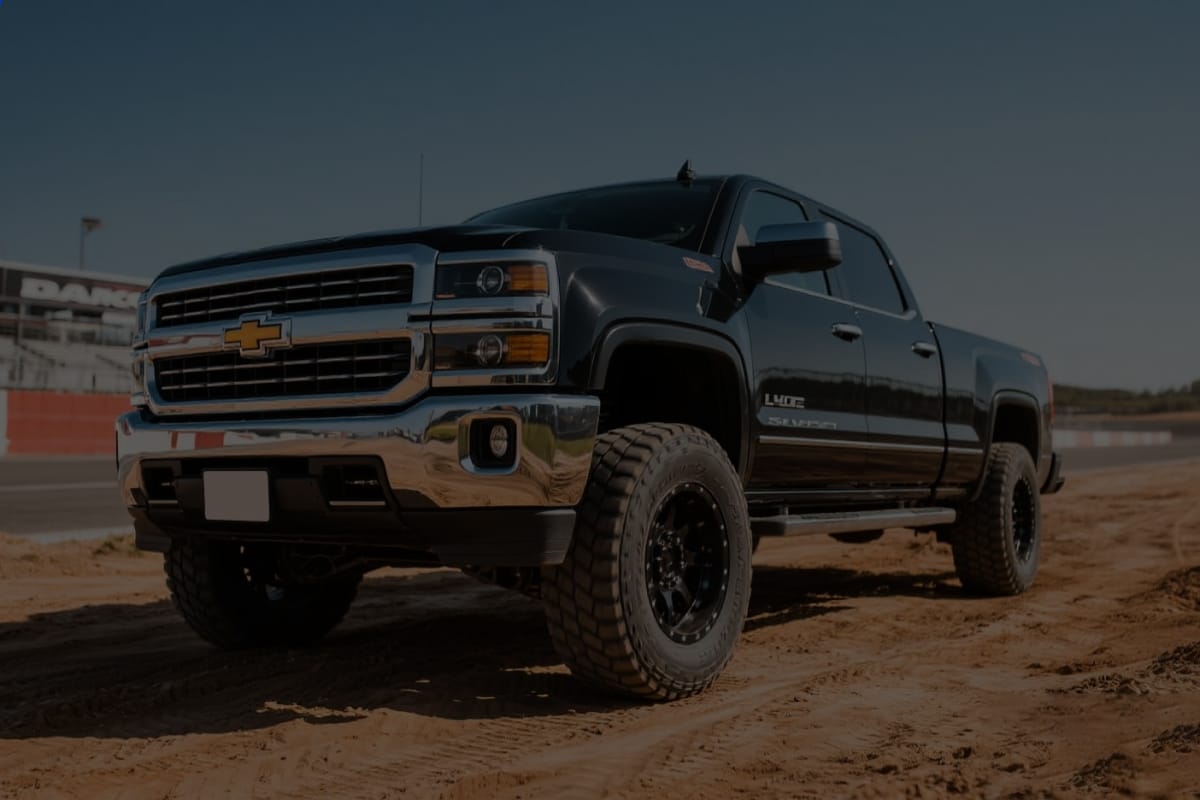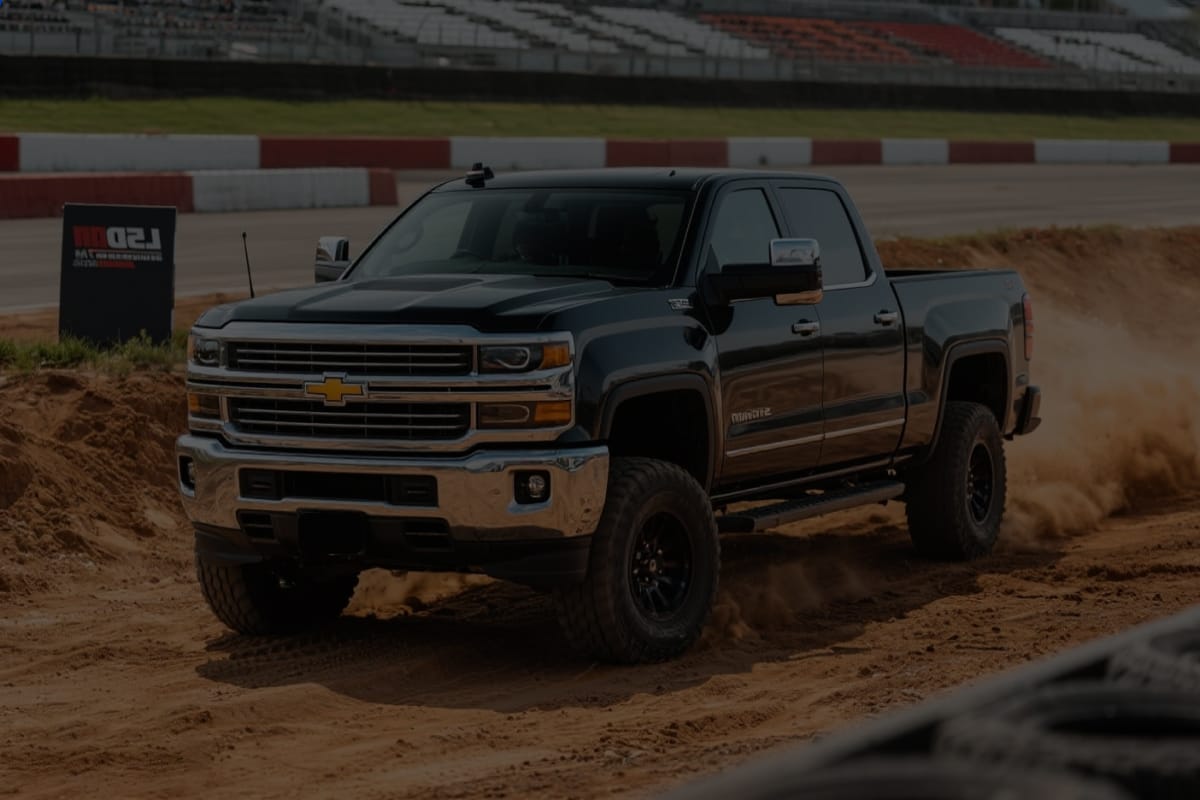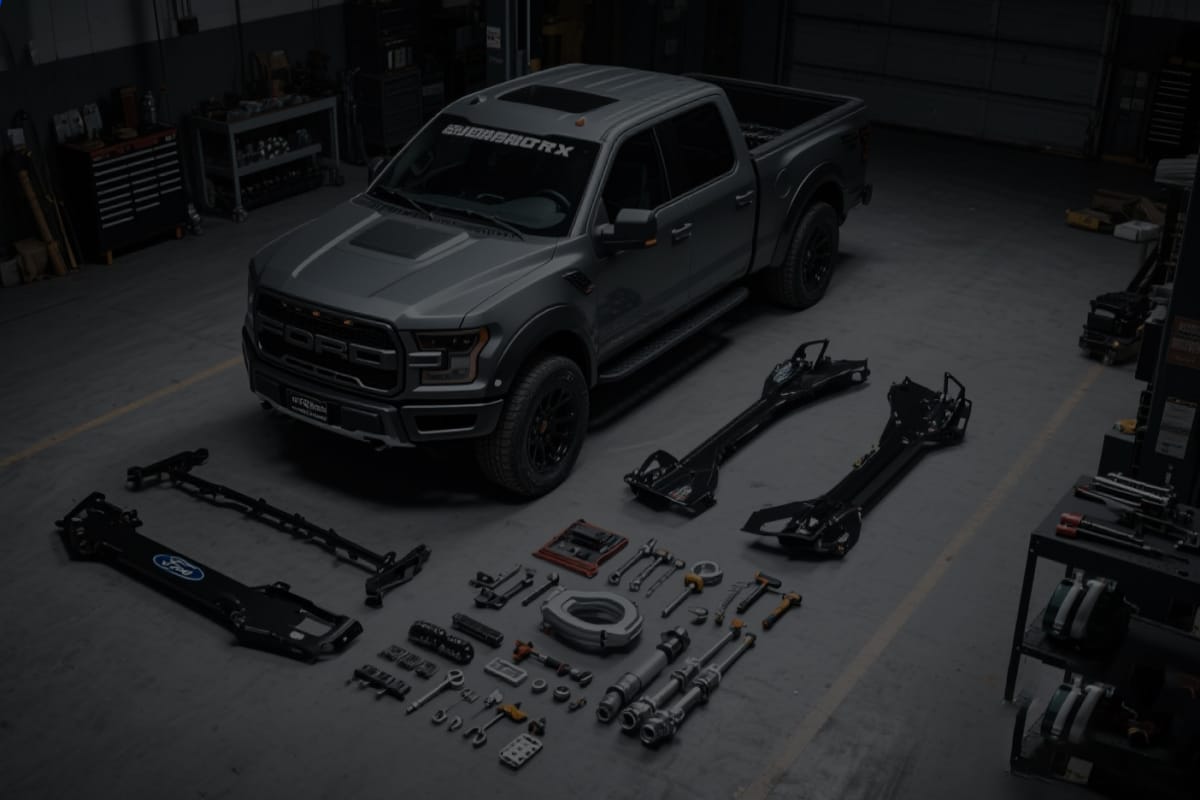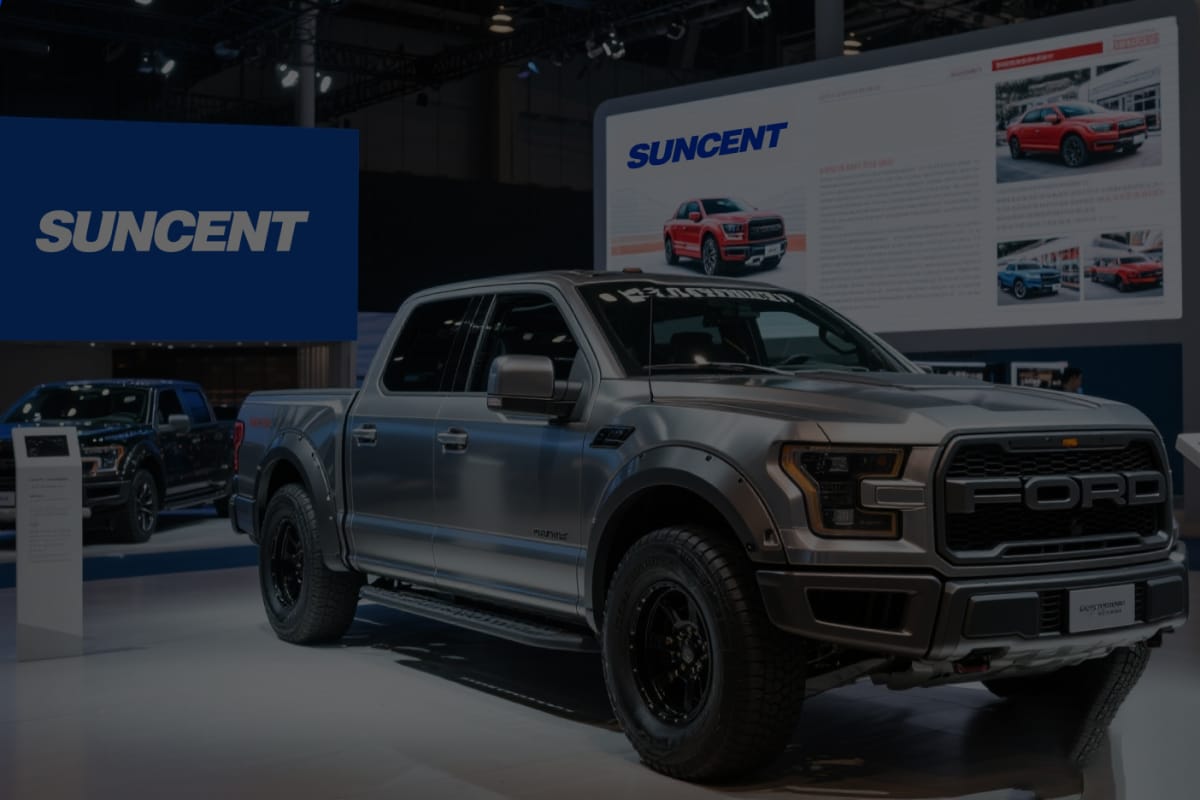Headlights are essential for driving safety, yet they're often taken for granted until they burn out. When that happens, choosing the right replacement bulb can be confusing. This article explains the different types of headlight bulbs on the market, from basic halogens to high-performance HID and LED options.
Keep reading for answers to your headlight bulb questions, from details on your replacement options to how to determine which size bulb is right for your car or truck.
Headlight Bulb Types: The Basics
Currently, there are three major types of headlight bulbs: halogen/filament, Xenon/HID, and LED. When upgrading headlights, consider factors like brightness, color temperature, lifespan, and budget to select the ideal bulb type.
Below is an easy guide to help you better understand these three types of headlight bulbs:
Halogen Headlight Bulbs
Halogen headlight bulbs are the most affordable and common replacement option. These bulbs contain one or two tungsten filaments surrounded by halogen gas inside a glass housing. When electricity passes through the filament, it heats up and emits light.
Halogen bulbs output around 700-1200 lumens, less than LEDs and HIDs. Some have a blue coating to appear brighter. You can recognize halogen bulbs by their yellowish glow.
Compared to other bulb types, halogens are the least energy efficient and generate substantial heat, resulting in a shorter lifespan of 500-2000 hours. As the cheapest to produce and replace, halogen bulbs remain a popular standard in most vehicle headlights.
Popular sizes include H4 (9003), 9004, and 9008 for low and high beams in one bulb, and H11, 9005, and 9006 for single-beam bulbs. We will further explain the bulb fitting sizes later.
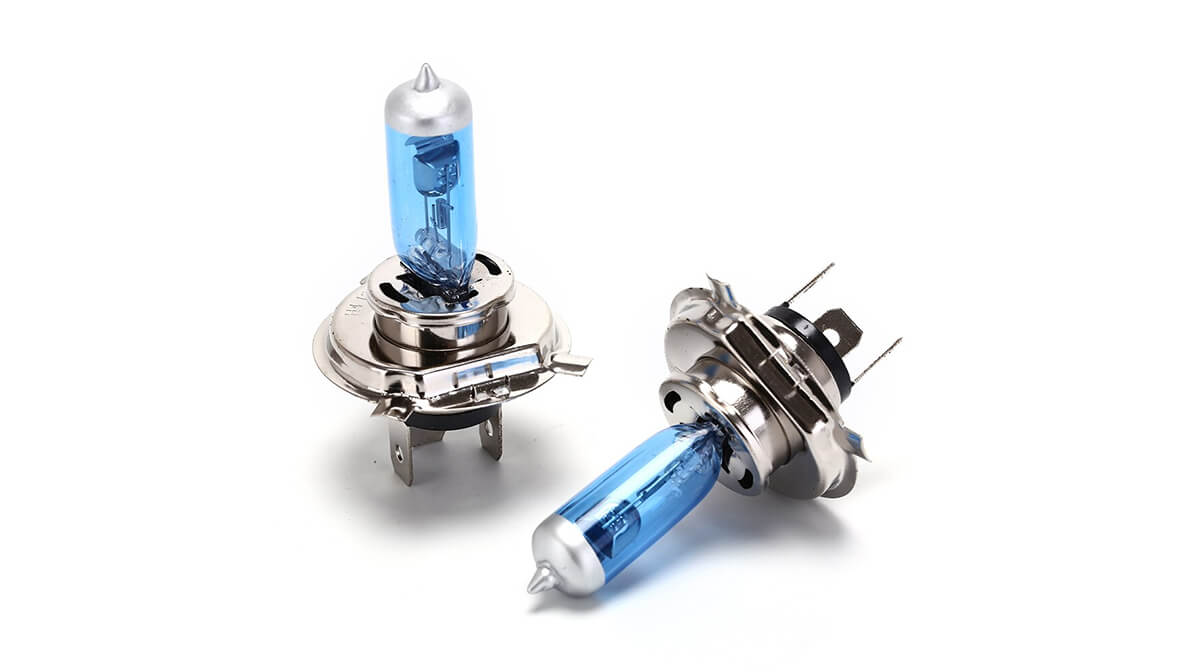
- Typical lifespan: 500 to 2,000 hours.
- Light output: 700 to 2100 lumens.
- Power range: 55 to 75W.
- Light color range: 2,900K to 5,900K. Amber glow.
Key characteristics of halogen headlight bulbs:
- Inexpensive (typically under $20 per bulb).
- Widely available at auto parts stores.
- Easy to replace without compatibility issues.
Benefits:
- Dim, yellowish light.
- Less energy efficient than LEDs or HIDs.
- Short lifespan due to high operating temperatures.
Drawbacks:
LED Headlight Bulbs
LED headlight bulbs are the newest and most advanced type of headlight bulb. They last the longest and are the most energy-efficient headlight bulbs available today.
LED bulbs work by passing an electric current through light-emitting diodes to create a bright, focused beam of light. They operate with very little heat and turn on instantly without warmup time.
Typically ranging from 3000 to 5000 lumens or more depending on the design, LED bulbs are very bright. Their expected lifespan is also unmatched, with some lasting the entire lifetime of a vehicle. You can expect 30,000 hours or more from a quality LED bulb.
The small semiconductor design allows LED bulbs to fit into sleek, compact headlight housings. This gives manufacturers more flexibility in headlight styles and makes integrating other lights like turn signals easier.
While more expensive than traditional halogen bulbs, LEDs are growing in popularity for their longevity and performance.
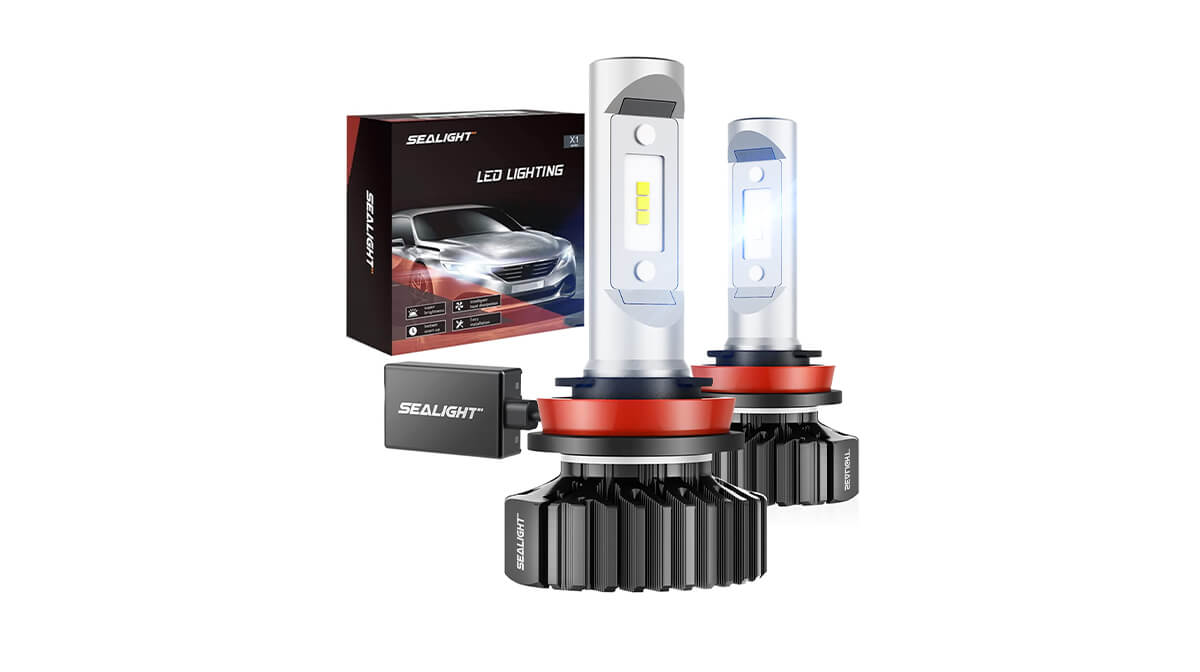
- 1. Typical lifespan: 30,000 to 50,000 hours.
- 2. Light output: 3000 to 5000 lumens
- 3. Power range: 6 to 24W.
- 4. light color range: 6000 to 6500K. Generally white light.
Here's a quick rundown of the key characteristics:
- 1. High brightness with minimal heat generation.
- 2. Quick illumination with no warm-up period.
- 3. CANbus technology compatibility reduces installation errors.
- 4. Offer your vehicle a new and sleek look.
Pros:
- Aftermarket LED bulbs can have a scattered beam pattern if not high-quality.
- More expensive than the stock halogen bulbs.
Cons:
Xenon or HID (High-Intensity Discharge) Headlight Bulbs
Xenon, also known as high-intensity discharge (HID) headlight bulbs offer brighter illumination than traditional halogen bulbs. HID bulbs contain xenon gas that produces a cool white light with a bluish tinge when an electric current passes through.
On average, a basic HID bulb generates 3000 to 5000 lumens. HID bulbs are also more energy efficient, consuming less power. Their expected lifespan is approximately 3000 hours or more.
One drawback is that HID bulbs require a brief warm-up period before reaching full brightness. To ignite the xenon gas quickly, HID bulbs need a high-voltage starter and control unit to remain illuminated.
Many luxury vehicles and high-performance sports cars come equipped with HID headlights. They are also a popular aftermarket upgrade for many makes and models.
Learn more:
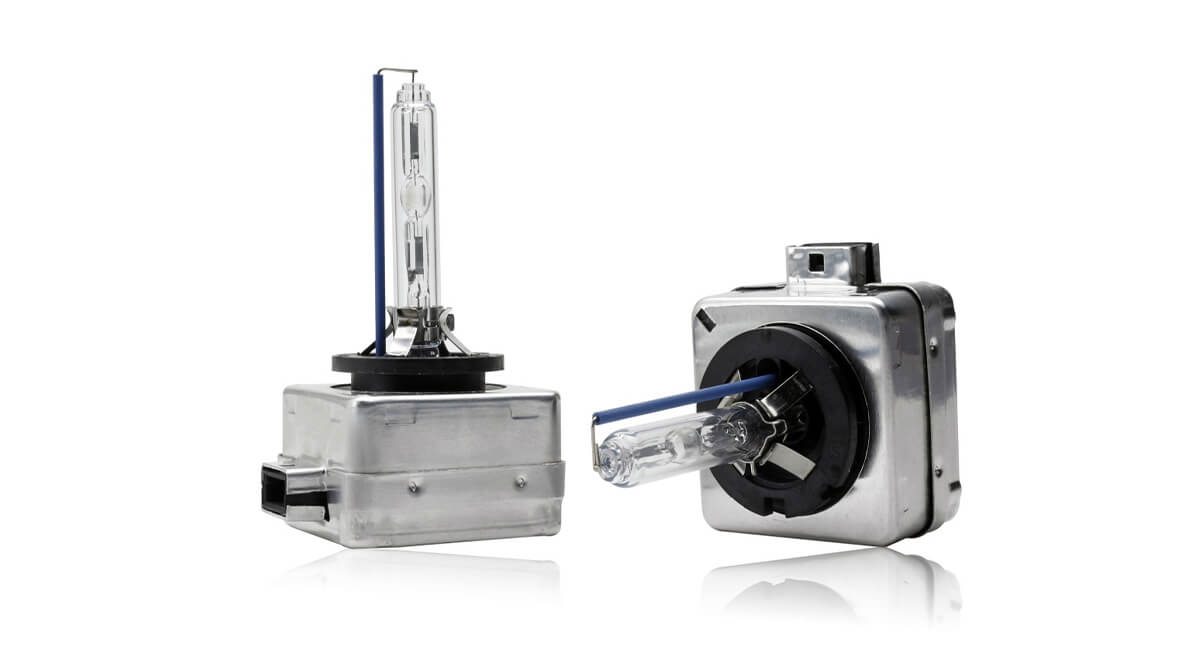
- 1. Typical lifespan: 10,000 hours
- 2. Light output (lumens): 2,800 to 3,500 lm
- 3. Power range: 35 to 55 watts
- 4. Light color range: HID bulbs are known for their distinct color spectrum, which usually ranges from 4,300K (bright white) to 12,000K (deep blue)
Characteristics of HID headlight bulbs:
- Immense brightness levels.
- Use less energy while shining 3 times brighter than traditional halogens.
Pros:
- Need large stabilizers, making installation more complex.
- Have high initial voltage, requiring extra parts.
- Experience a delay before reaching full brightness, ranging from a few seconds to one minute after startup.
Cons:
Headlight Bulb Type Chart
This chart compares the three main types of headlight bulb. Most modern vehicles can use any of these bulb types. However, if your vehicle already has HID or LED headlights, downgrading to halogen bulbs is not recommended.
| Aspect | Halogen Bulbs | LED Bulbs | HID (Xenon) Bulbs |
| Lifespan | Moderate | Long-lasting | Long-lasting |
| Brightness | Adequate | Very Bright | Very Bright |
| Color | Yellow | White, Blue White | White, Blue, Purple |
| Energy Efficiency | Low | High | Moderate to High |
| Cost | Low | Moderate to High | Moderate to High |
Exploring Headlight Bulb Colors: Yellow Vs White
You may realize common automotive headlight bulbs come in 2 primary colors: white and yellow.
The color temperature of a bulb indicates where its light falls within the spectrum - lower Kelvin ratings yield more yellow bulbs, whereas higher numbers result in bluer lights. Typically, halogen headlight bulbs have a yellower tint, LED bulbs are white, and xenon HID lamps are closer to blue on the color scale.
Yellow Headlight Bulbs
Yellow light cuts through adverse weather conditions like rain, snow, and fog more effectively than white light. This is because yellow light has a longer wavelength, reducing the amount of light scattered by the particles in the fog, rain, or snow. Due to this metrics, yellow light also very common in fog lights.
However, one major drawback of yellow bulbs is that they look dim and they're not as bright as white bulbs, making them less effective in clear weather conditions.
White Headlight Bulbs
White headlight bulbs, particularly LED or HID types, are becoming increasingly popular due to their brightness and modern appeal. They are currently the most widely used headlights in the world.
White headlights are brighter than yellow headlights, making them more effective in clear weather conditions. They can offer better visibility at a greater distance, which is crucial for high-speed driving.
White light also has a sleek, modern aesthetic that many drivers find attractive.
Headlight Bulb Fitting Types Explained
You've likely noticed headlight bulb codes like H11, HB3, and H7. That's because there are multiple types for different vehicle applications.
The United Nations (UN) specifies various bulb classifications. Group 1 contains bulbs intended for general lighting use including headlights. Common Group 1 bulb types are H1, H4, H7, H8, H9 and H11. Group 2 bulbs like HY6W, P21W, and PS24W are meant for signaling lamps and cornering lights. Group 3 lists bulbs only for replacement purposes.
The bulb type you need depends on your vehicle's year, make, and model. Always check your owner's manual or parts department to determine the proper bulb code for replacement.
How to Find the Right Replacement Bulbs for Your Vehicle
To identify the correct headlight bulb for your vehicle, here’s what you can do:
Check the Owner's Manual or Check the Exsiting Stock Bulb
Your vehicle's owner manual will list the types of bulbs used in the car. Or, to be more accurate, pull out the stock bulb on your vehicle and check the number printed on the base. This is the most reliable source of information.
Use an Online Bulb Finder
You can also find the compatible bulb sizes and options by shopping online. Numerous websites, including SuncentAuto, offer the vehicle selector feature to find the compatible bulbs or other car parts for your vehicle. You enter your vehicle's make, model, and year, and the finder will list the bulb types used in your car.
Understanding Different Types of Headlight Systems
There are two basic types of headlight design: the reflector headlights and the projector headlights. Here we will provide a brief look at them:
Reflector Headlights
Reflector systems, the older of the two technologies, use a bulb situated in a steel bowl with mirrors that reflect and project the light on the road.
The major advantage of reflector systems is their cost-effectiveness. They are generally cheaper to produce and replace.
However, they also have their cons. The light from reflector systems is often scattered and less focused, which may cause glare to oncoming drivers.
Projector Headlights
Projector systems offer a more focused and directed beam of light, enhancing visibility. They also reduce glare for oncoming drivers, making them a safer option. Plus, they are better suited for high-intensity bulbs, like LEDs and HIDs, due to their superior heat dissipation.
They are typically more expensive to produce and replace.
SuncentAuto is Your One-Stop Auto Store
If you are looking for LED headlight bulbs or HID headlight bulbs upgrades for your vehicle, Visit SuncentAuto and shop for our reliable lighting brands like SEALIGHT, Marsauto, Zoncar, and more.
As an one-stop automotive parts store, we also offer a wide range of automotive parts and accessories, including exhaust parts like catalytic converter, EGR delete kit, DPF delete pipes, and Brakes, Steering & Suspension parts like brake pads, struts and shocks, etc. Visit our store now and find the parts you need! We offer free shipping and a 90-day return policy on all orders.





















